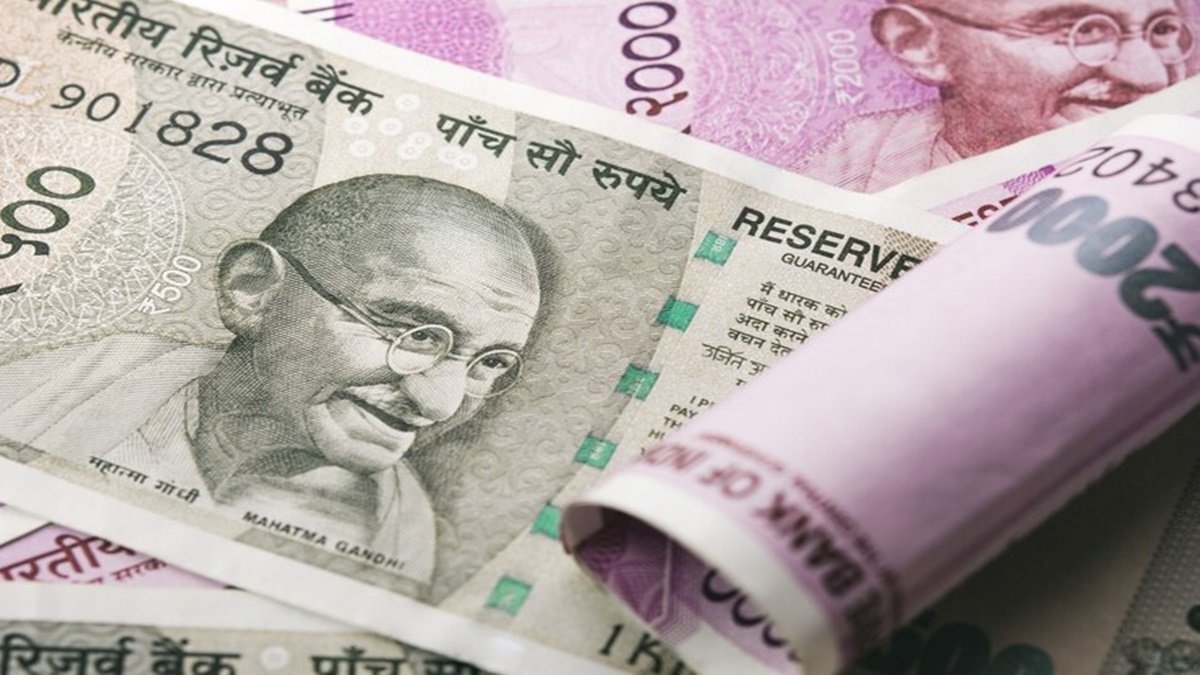The finance ministry and the Reserve Bank of India officials will meet on Wednesday to decide on the borrowing plan for the first half of 2025-26, sources said.
The central government pegged its gross borrowings via market securities at Rs 14.82 lakh crore for next fiscal and net borrowings at Rs 11.54 lakh crore. The gross borrowings are around 6% higher than in FY25 due to redemptions, while net borrowings are pegged to be largely flat.
In the first half of FY25, the government had borrowed Rs 7.4 lakh crore from the market, and Rs 6.61 lakh crore was mopped up in the second half.
Sources said that the government’s gross borrowings for FY26 would have been higher if it had not done the switching and buybacks. To ease the liquidity crunch, the government opted for switching and buybacks of Rs 2.35 lakh crore.
The 10-year G-Sec yield eased around 6 bps over the past month and around 14 bps so far in the current year, supported by RBI’s open market operation purchases and lower US yields.
The Centre has managed to save around Rs 75,000 crore in interest costs due to its focus on transparency and prudent fiscal management between FY20 and FY24 which moderated yields of the government securities (G-secs).
The weighted average yield of fresh borrowing of the Centre declined from a high of 8.42 % in 2013-14 to 6.96 % in 2024-25 as of February 10, 2025. The yield reduction-induced saving was huge around Rs 75,000 crore during FY20 and FY24.
The interest saving helped the Centre contain the committed revenue expenditure, which is already very high. The interest cost of the Centre is likely to rise to 25.2% of the budget size in FY26 from 24% in FY25 revised estimate, reflecting the surge in accumulation of debt post-Covid.
However, sound fiscal management, including recognition of off-budget liabilities, clearance of subsidy arrears, and just-in-time release of funds for schemes, improved the market trust in the government’s budget parameters. Better cash management also reduced the borrowing requirement compared to what it would have been in the status quo scenario, officials reckon.
For the last few fiscal years, key government entities like NHAI and the Railways are principally dependent on the central budget for their capex requirements, as their own borrowings are frozen to mitigate the accumulated debt burden.
The Centre reduced the outlay on centrally sponsored schemes for the current financial year by a whopping Rs 91,000 crore or 18% of the budget estimate for the schemes due to the discovery of Rs 1.6 lakh crore unspent balances with them from previous transfers, reflecting a lack of absorptive capacity in states.
The unintentional savings in the schemes freed up the Centre’s resources for other productive purposes such as the buyback of dated securities worth Rs 88,000 crore to curb burgeoning interest costs. The buyback helped the Centre in interest saving of about Rs 5,000 crore.
The states and the private sector have benefitted from the fiscal consolidation of the Centre. The yields on the Centre’s G-sec which are low serve as a benchmark for determining yields for borrowings made by states and the private cost by reducing their borrowing costs.
The Centre had off-Budget liabilities close to Rs 6.7 trillion by end-FY21. It brought about Rs 5 trillion or 75% of such liabilities into the balance sheet in FY21-FY22. Mainly, the government took over the Rs 4.27 trillion extra-budgetary resources (EBRs) raised by the Food Corporation of India towards food subsidy arrears during FY17-FY21 from the National Small Saving Fund (NSSF). Fertiliser subsidy arrears of another Rs 67,000 crore were also cleared by the Centre simultaneously.





